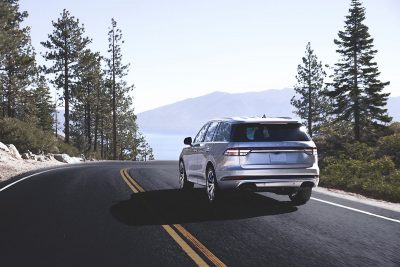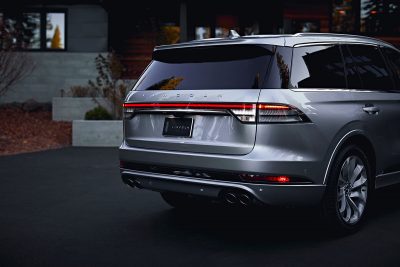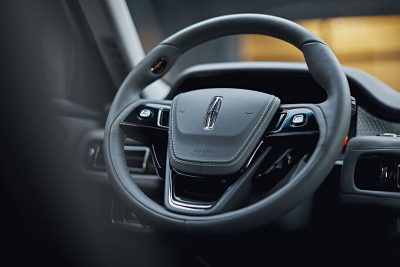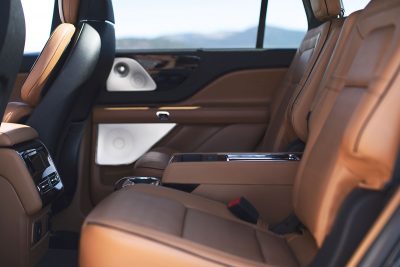Lincoln is out to up its presence in the utility segment and while entries such as the Navigator, Nautilus, and MKC have helped spearhead this effort, a notable omission void has always existed between the Navigator and the Nautilus. Lincoln is out to solve that problem, and has unveiled the 2020 Lincoln Aviator to not only pump some juice back into the segment, but also showcasing the next step in Lincoln’s broader transformation plan.
While the Aviator in its current form is all new, the reappearance of the moniker is actually the second attempt Lincoln has made to try and make it work with customers. The original 2002-2005 Aviator was also based on the Explorer, but its V8 only powertrain and its Navigator inspired suit of clothes did little to boost its tepid sales figures, as well as eliminate the obvious badge engineering that customers noticed when they nestled behind the wheel. Unlike its ancestor, which took a rather lazy approach to exterior styling, this iteration of the Aviator thankfully embarks on a much more committed direction. The sculpted sides, crisp character lines, and a sloping roof were designed to mimic a bird in flight, and it also allows the Aviator to look sportier than the bigger Navigator. This crispness is aimed at drawing in younger buyers, and when paired with the correct exterior equipment, it truly allows the Aviator to be a unique canvas that draws people in for a closer look. These onlookers should have no trouble distinguishing which model of Aviator your piloting, since each model will sport a different front grille treatment, with the ritziest reserved for the Black Label Grand Touring.
The luxurious interior is also a big step into Navigator territory, with the Aviator featuring high quality materials, acres of opulent leather appointments, and real industrial metal trim for Grand Touring models. A neat bonus is the various chimes and tones that make themselves known for various warnings. Unlike other cars, the Aviator uses sounds that were actually recorded by the Detroit Symphony Orchestra including a violin which replaces the door chime. This is a nice touch for this segment, and that should allow the Aviator to earn bonus points with keen audiophiles (we look forward to unleashing our own resident audio lover soon for her thoughts on that end.) The new rear-wheel drive biased platform also promises more space for passengers, and it should be interesting to see how both the Aviator and the upcoming Explorer fare when they are unleashed on their respective rivals.
Overall, the cabin is certainly a leg up over domestic rival Cadillac in terms of quality, and the spiffy cabin even offers an arsenal of technology to back up its premium credentials. A big one is the first ever use of a smartphone based key, with a special app in the Lincoln Way interface playing the role. Like any other key, the equipped phone can unlock the doors, start the engine, and even open the trunk which enhances overall convivence and security. In the event your phone dies, owners can punch in a security code on the externally mounted keypad to get in the Aviator, and then type in a separate backup code into the center touchscreen to formally start the Aviator. But what if your phone is stolen by a merry band of purse snatchers? No worries, the “Phone As A Key” app can easily be deleted from Lincoln Way app, and be added back in later after you obtain a replacement phone.
Lastly buried in all of this technological overload is a new interior theme that is exclusive to Black Label spec models. Dubbed “Flight,” this particular motif is somewhat reminiscent of the Yacht Club setting, but instead of hitting the high seas, “Flight” is all about aviation with tan and ebony hues scattered throughout the cabin. The instruments even replicate early airplane instruments for an extra touch of style and substance (Howard Hughes would be quite at home behind the wheel of this particular Aviator.)
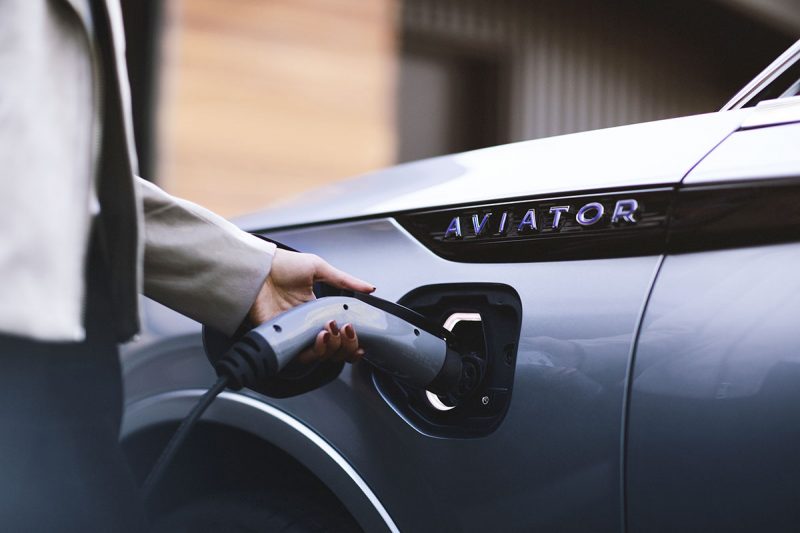
He would also love the performance hardware, which will undoubtedly steal the spotlight when the Aviator eventually arrives in the marketplace. While other Aviators “make do” with a 400 horsepower 3.0 liter twin-turbocharged V6, Grand Touring models debut an all new plug-in hybrid powerplant. Good for 450 horsepower, Lincoln claims that this installation is supposed to prove that plug-in technology does not have to be limited to purely green focused vehicles, and that saving fuel does not have to translate to a slow driving experience. When viewed in this light, the Aviator appears to be a promising alternative to the established benchmarks. Lincoln is not releasing exact range figures, but the brand did reveal that range would be at least 30 miles or so to allow the Aviator to comply with strict Chinese regulations.
The Grand Touring also features two EV driving modes (Pure EV and Preserve EV) with the latter letting the engine do all the grunt work so that precious battery life can be conserved for later use. Level 1 and 2 charging is standard here, and all-wheel drive will also be a welcome piece of mandatory equipment for Grand Touring models. A 10-speed automatic is also standard issue for the Grand Touring, though it is currently unknown what the lesser trims will row their gears with (we suspect an eight or nine speed automatic.)
“It will be the most powerful Lincoln we’ve ever built,” stated David Woodhouse Lincoln’s design chief.
It’ll also be the most composed Lincoln ever built thanks to an all new air suspension system. Dubbed “Air Glide,” this setup allows the Aviator to adapt to not only road conditions, but also overall driving style to ensure that occupants are rewarded with maximum levels of poise and comfort. In addition to softening the impact of bumps, Air Glide also has the ability to raise or lower the Navigator for improved entry and exit, as well as enhanced aerodynamics at free way speeds. Look for that latter bit to improve fuel economy slightly too which plays into the Aviator’s wheel house quite nicely.
Despite all these luxury and performance appointments, Lincoln is still going to be very competitive when it comes to pricing for the Aviator. As it stands now, the new Lincoln would need to start at about $60,000 which would put it firmly in the hunt with rivals such as the Audi Q7, and the Acura MDX SH-AWD Hybrid. Lower trims would go up against rivals such as the Buick Enclave Avenir, as well as the Volvo XC90 T6 Inscription. Lincoln even claims that the Aviator can go up against established V8 benchmarks, but we’ll wait until we have the chance to try one out in person to see if it can indeed live up to that promise or not.
The 2020 Lincoln Aviator will take flight next summer, with production taking place at Ford’s Chicago Assembly plant.
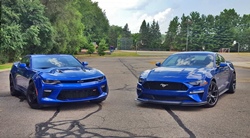
Carl Malek has been an automotive journalist for over 10 years. First starting out as a freelance photographer before making the transition to writing during college, his work has appeared on numerous automotive forums as well as websites such as Autoshopper.com.
Carl is also a big fan of British vehicles with the bulk of his devotion going to the Morgan Motor Company as well as offerings from Lotus, MG, and Caterham. When he is not writing about automobiles, Carl enjoys spending time with his family and friends in the Metro Detroit area, as well as spending time with his adorable pets.





